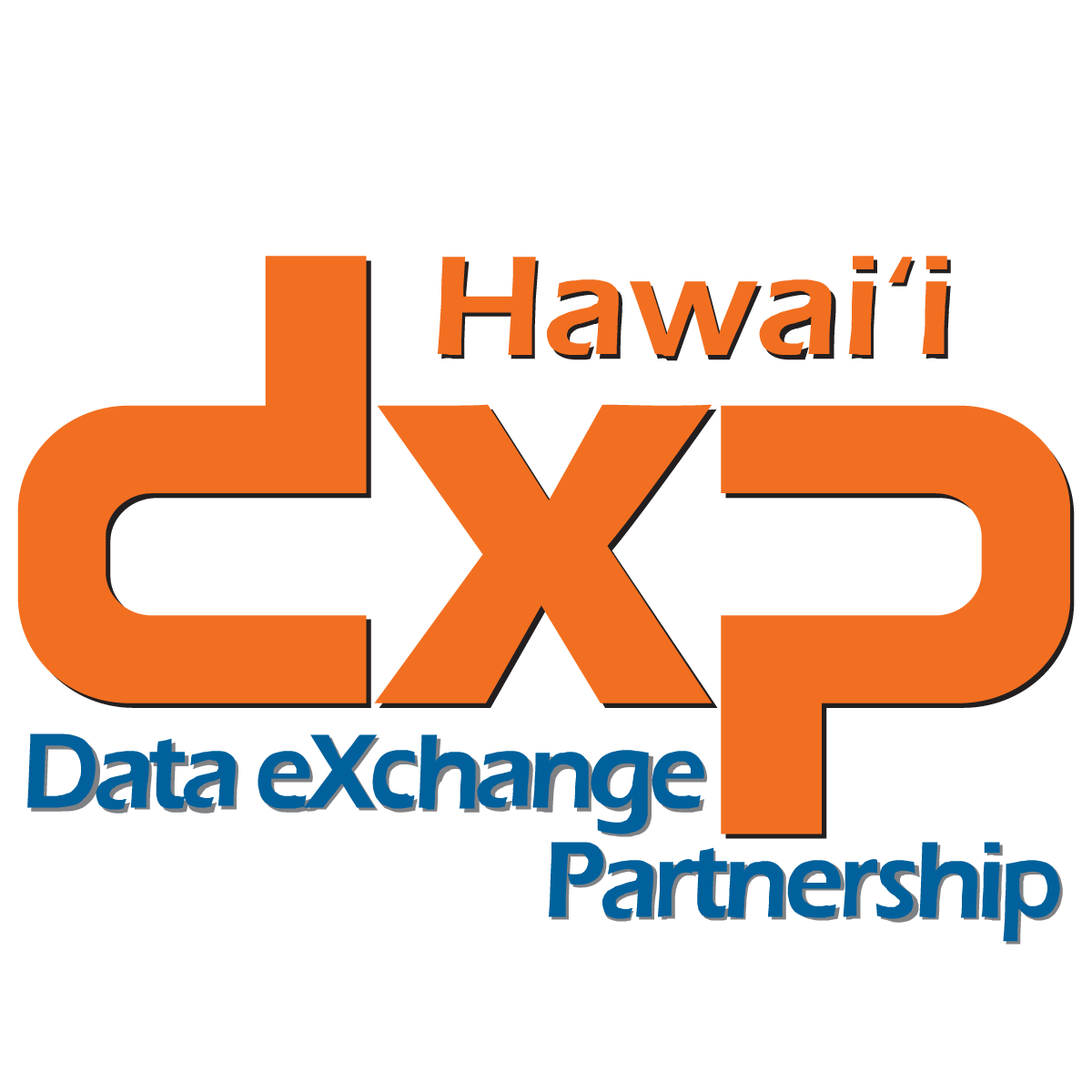Research & Policy Questions
The Hawai’i Data eXchange Partnership (DXP) aims to provide information for use across Hawai’i’s early childhood, K-12, postsecondary, and workforce sectors to better understand and improve the educational and workforce outcomes of Hawai’i’s citizens. DXP’s Data Governance and Access Committee, with representation from all partners, have identified the top five research and policy questions below as the most pressing for the state:
-
To what degree is the education pipeline aligned with Hawai‘i’s current and future employment needs?
-
What are the economic impacts of workforce development programs?
-
What happens to Part C children as they move forward in the educational pipeline, even if they left EIS or declined services altogether? If they were served by EIS, does the length of time in EIS affect later life outcomes?
-
What are the workforce outcomes of individuals that entered (or re-entered) the UH system after working? Do (additional) certifications/degrees improve their workforce outcomes?
-
What are the outcomes for at-risk students at key benchmarks and transition points along the education-to-workforce pipeline?
Additional Questions
Early Childhood to Elementary
| Question | Category | Source |
|---|---|---|
| Who participates in early childhood education? Who is not being served? | Early childhood | EC Priority Questions |
| How successful are early learning efforts in preparing students for Kindergarten and later grades? What does “success” entail beyond just assessments? What are other long term benefits from early childhood education programs? | Early childhood | DXP Priority Question Workgroup |
| How does mobility (e.g., changing programs, schools, geographic location) impact student achievement? | Early childhood | EC Priority Questions |
| How does homelessness/housing issues impact student achievement? | Early childhood | EC Priority Questions |
| Which early childhood services best serve which children? What is the relationship between early experiences with long-term educational outcomes? | Early childhood | EC Priority Questions |
| Why are there Special Education students in Hawai‘i public schools who did not receive Early Intervention Section services? | Early childhood | DXP Priority Question Workgroup |
| What happens to Part C children as they move forward in the educational pipeline, even if they left EIS or declined services altogether? If they were served by EIS, does the length of time in EIS affect later life outcomes? | At-risk populations | FY15 RPQ |
High School to Postsecondary
| Question | Category | Source |
|---|---|---|
| What is the impact of the various programs that promote college-going in terms of improving actual college-going rates? | College readiness | DXP Priority Question Workgroup |
| Who is delaying college entry and why do these students not enter in the first fall after graduation? | College readiness | Education Roundtable |
Postsecondary to Workforce
| Question | Category | Source |
|---|---|---|
| What is the relationship between compensation, degree obtained and licensure/certification and working in ECE? Why are Early Childhood teachers leaving the field? | Early Childhood | EC Priority Questions |
| What are the workforce outcomes of individuals that entered (or re-entered) the UH system after working? Do (additional) certifications/degrees improve their workforce outcomes? | Workforce outcomes | DXP Priority Question Workgroup |
Workforce
| Question | Category | Source |
|---|---|---|
| What are the economic impacts of workforce development programs? | Workforce outcomes | FY15 RPQ |
| To what degree is the education pipeline aligned with Hawai‘i’s current and future employment needs? | Alignment | DXP RPQ |
P20W Pipeline
| Question | Category | Source |
|---|---|---|
| What are the outcomes for at-risk students at key benchmarks and transition points along the education-to-workforce pipeline? | At-risk populations | FY15 RPQ |
| What are the employment rates and earning levels of Hawai‘i’s high school and college graduates in-state compared to drop-outs by credential level? | Workforce Outcomes | DXP RPQ |
